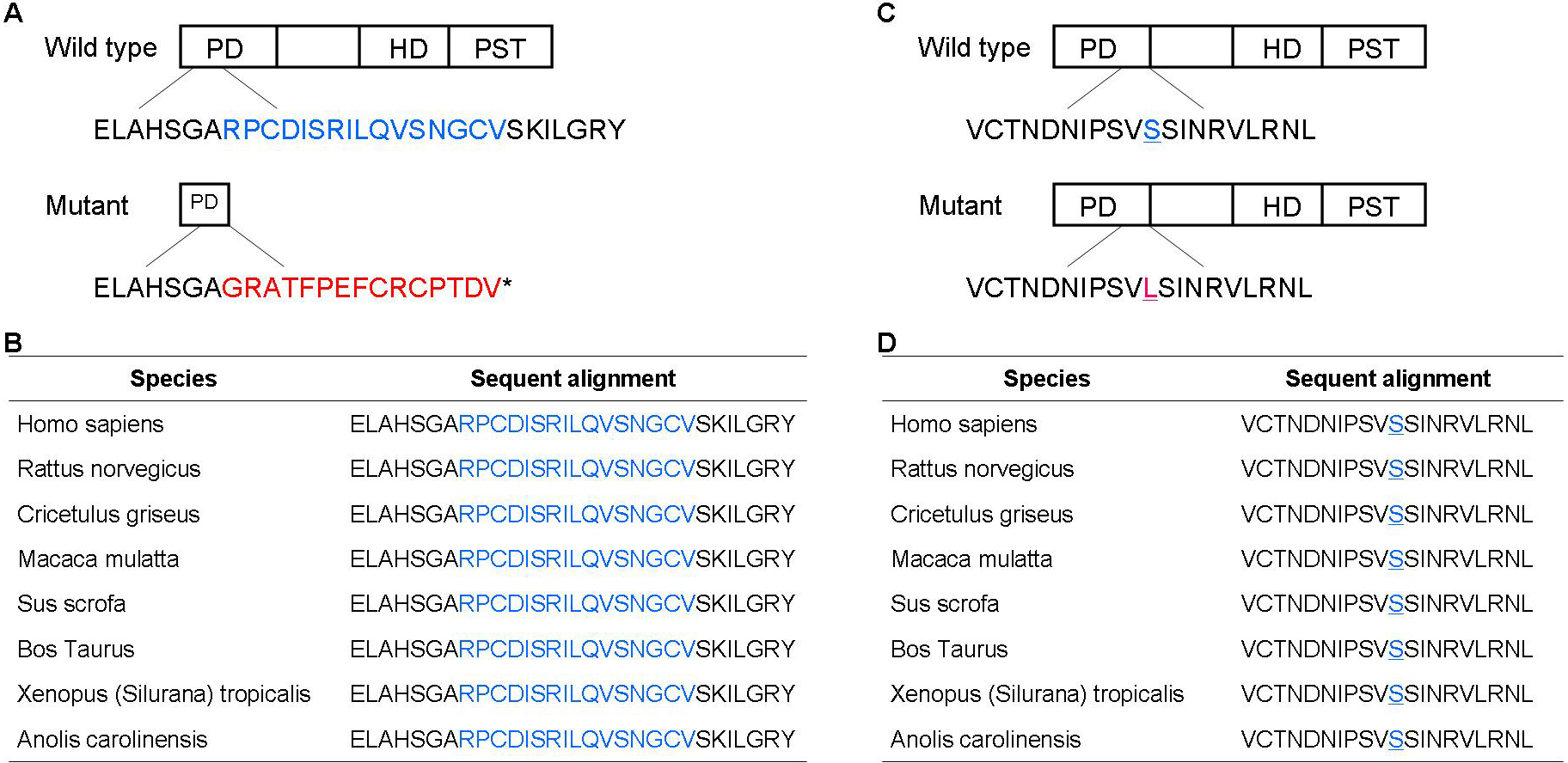Figure 6. The mutational regions in the paired box 6 protein are highly conserved among different species. A: Diagrams of the wild-type and mutant paired box 6 (PAX6) proteins in FAMILY-1. The upper panel shows a human wild-type PAX6
protein. The lower panel shows the mutant in FAMILY-1. The c.112delC generates a frameshift and a premature termination 16
codons downstream (p. Arg38GlyfsX16). The peptide in blue encoded by exon 5 of the wild-type is replaced by the peptide in
red in the mutant. B: Multiple alignments of Arg38-Val53 of human PAX6 protein from different species revealed 100% identity, which suggested
that it was highly conserved during evolution. C: Diagrams of the wild-type and mutant PAX6 proteins in FAMILY-2. The upper panel shows a human wild-type PAX6 protein. The
lower panel shows the mutant in FAMILY-2. The peptide in blue encoded by exon 7 of the wild-type is replaced by the peptide
in red in the mutant. D: Multiple alignments of Val111-Leu130 of human PAX6 protein from different species revealed 100% identity, which suggested
that it was highly conserved during evolution.

 Figure 6 of
Chen, Mol Vis 2013; 19:1169-1177.
Figure 6 of
Chen, Mol Vis 2013; 19:1169-1177.  Figure 6 of
Chen, Mol Vis 2013; 19:1169-1177.
Figure 6 of
Chen, Mol Vis 2013; 19:1169-1177. 